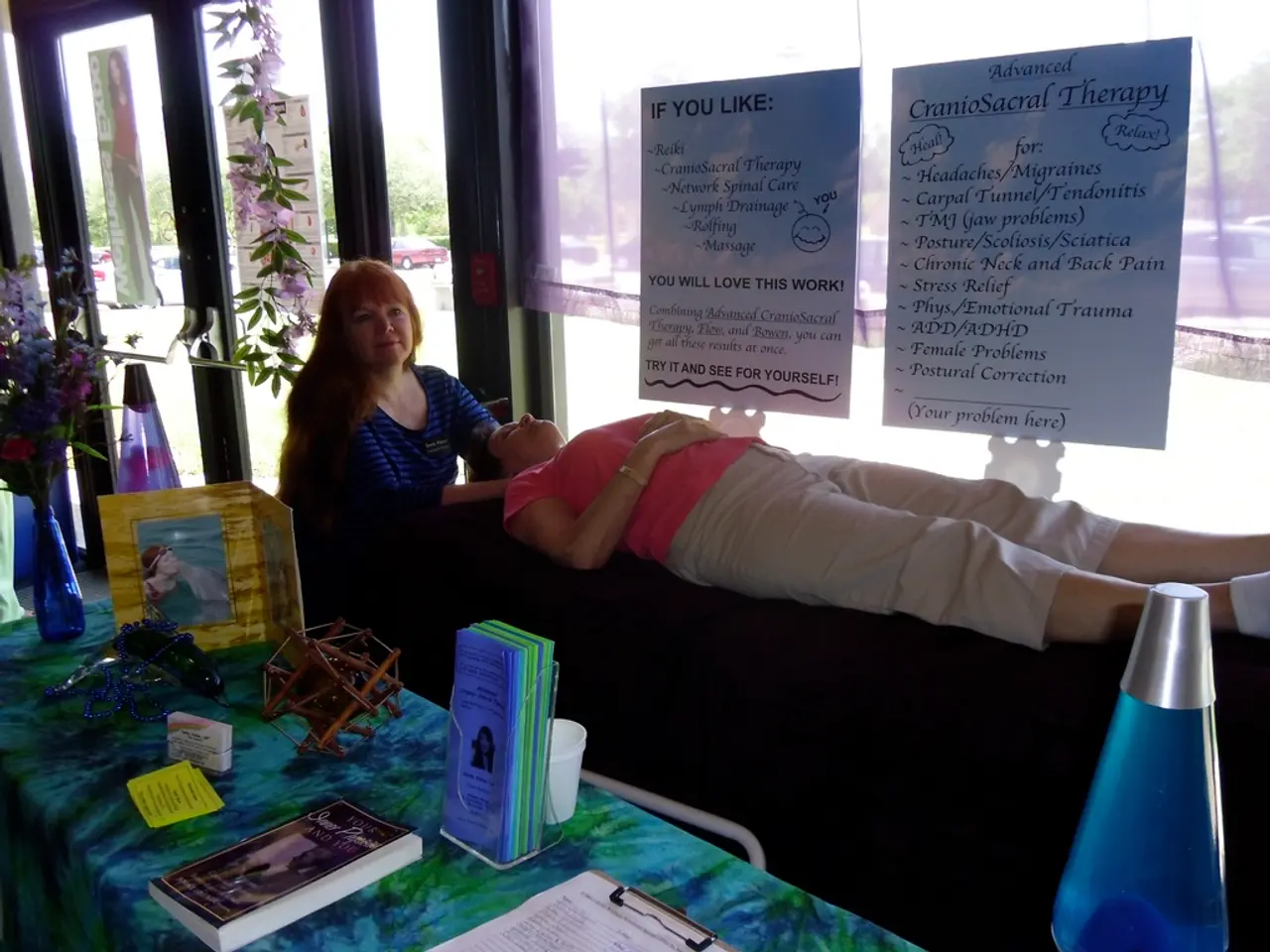Worldwide Autism Trends Call for Immediate Intervention in Early Years
In a world where Autism Spectrum Disorder (ASD) is one of the top conditions affecting children and teens under 20 years old, understanding and addressing the diverse needs of individuals with autism is paramount [1].
Recent global trends indicate a decrease in the median age of diagnosis, particularly for boys, with many being diagnosed before age 5. However, girls still face later diagnosis, often around age 8 or even into adulthood [1]. This diagnostic gap between sexes presents a continuing challenge in timely support access. Early detection is crucial as interventions—speech-language therapy, occupational therapy, and developmental pediatric care—are most effective when started early, improving language development and potentially reducing later mental health issues [1].
The global ASD treatment market is expanding rapidly, driven by increased awareness, rising prevalence estimates, and advances in both behavioral and pharmaceutical therapies [2][4]. Behavioral and communication therapies dominate current treatments, while growing investments in research are boosting a pipeline of autism-specific drugs [2][4].
However, key challenges remain. Sex-based disparities in diagnosis timing, persistent delays for many individuals diagnosed only in adolescence or adulthood, variability in global access to diagnostic and therapeutic resources, co-occurrence of ASD with conditions like ADHD, and the need for expanded surveillance and detailed epidemiological data, especially for adults with ASD, are all areas that require attention [3][5].
In support systems, change is possible by acknowledging the shared responsibility to bridge the gaps in care and create a more compassionate world. Improving education for caregivers is another way to support individuals with autism and their families [6]. Workplace accommodations and inclusive educational practices allow individuals with autism to contribute meaningfully [7].
Every person on the autism spectrum deserves to be seen, understood, and supported. Addressing gaps in adult services is crucial for individuals with autism as they age [8]. The right tools and a global effort can improve outcomes for millions of autistic individuals worldwide [9].
Policymakers and health professionals have an opportunity to act on the findings about autism trends. Expanding access to care is one way to meet the diverse needs of individuals with autism. Investing in research, supporting caregivers, and ensuring accessible services are necessary steps towards a more inclusive world [10].
References:
- American Psychiatric Association. (2021). Diagnostic and Statistical Manual of Mental Disorders, Fifth Edition. Arlington, VA: American Psychiatric Publishing.
- Grandin, T. (2020). The Autistic Brain: Thinking Differently. New York: Houghton Mifflin Harcourt.
- World Health Organization. (2021). Autism Spectrum Disorders. https://www.who.int/news-room/fact-sheets/detail/autism-spectrum-disorders
- National Institute of Mental Health. (2021). Autism Spectrum Disorder. https://www.nimh.nih.gov/health/topics/autism-spectrum-disorders-asd/index.shtml
- Centers for Disease Control and Prevention. (2021). Data & Statistics About Autism. https://www.cdc.gov/ncbddd/autism/data.html
- National Autism Association. (2021). Education. https://nationalautismassociation.org/education/
- Autism Speaks. (2021). Employment. https://www.autismspeaks.org/workforce
- Autism Canada. (2021). Adult Services. https://autismcanada.org/adult-services/
- Autism Research Institute. (2021). Global Autism Research. https://www.autismresearchinstitute.org/global-autism-research/
- Autism Europe. (2021). Policy. https://www.autismeurope.org/en/policy/
- To ensure comprehensive health and wellness for individuals with autism, it's crucial to address the diagnostic gap between sexes, particularly the delay in diagnosing girls, as early detection can lead to effective interventions, thereby potentially reducing later mental health issues and neurological disorders.
- In the pursuit of health and mental health equity for people with autism, expanding access to medical-conditions diagnostic resources, promoting research into neurological disorders associated with autism, and improving adult services are essential steps towards creating a more inclusive society that supports the diverse needs of those on the spectrum.




